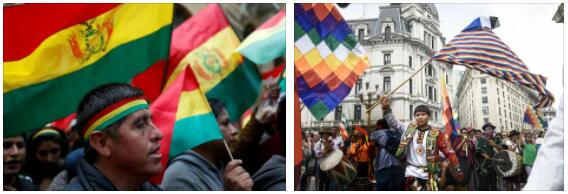State Structure and Political System of Bolivia
After the return to constitutional forms of government in Bolivia, approx. 70 political parties. As democracy consolidated and the economy stabilized, the extreme fragmentation and polarization of political parties began to decrease. Three main political forces came to the fore – the Nationalist Revolutionary Movement (MNR), the Left Revolutionary Movement (MIR) and the Nationalist Democratic […]
Continue Reading








